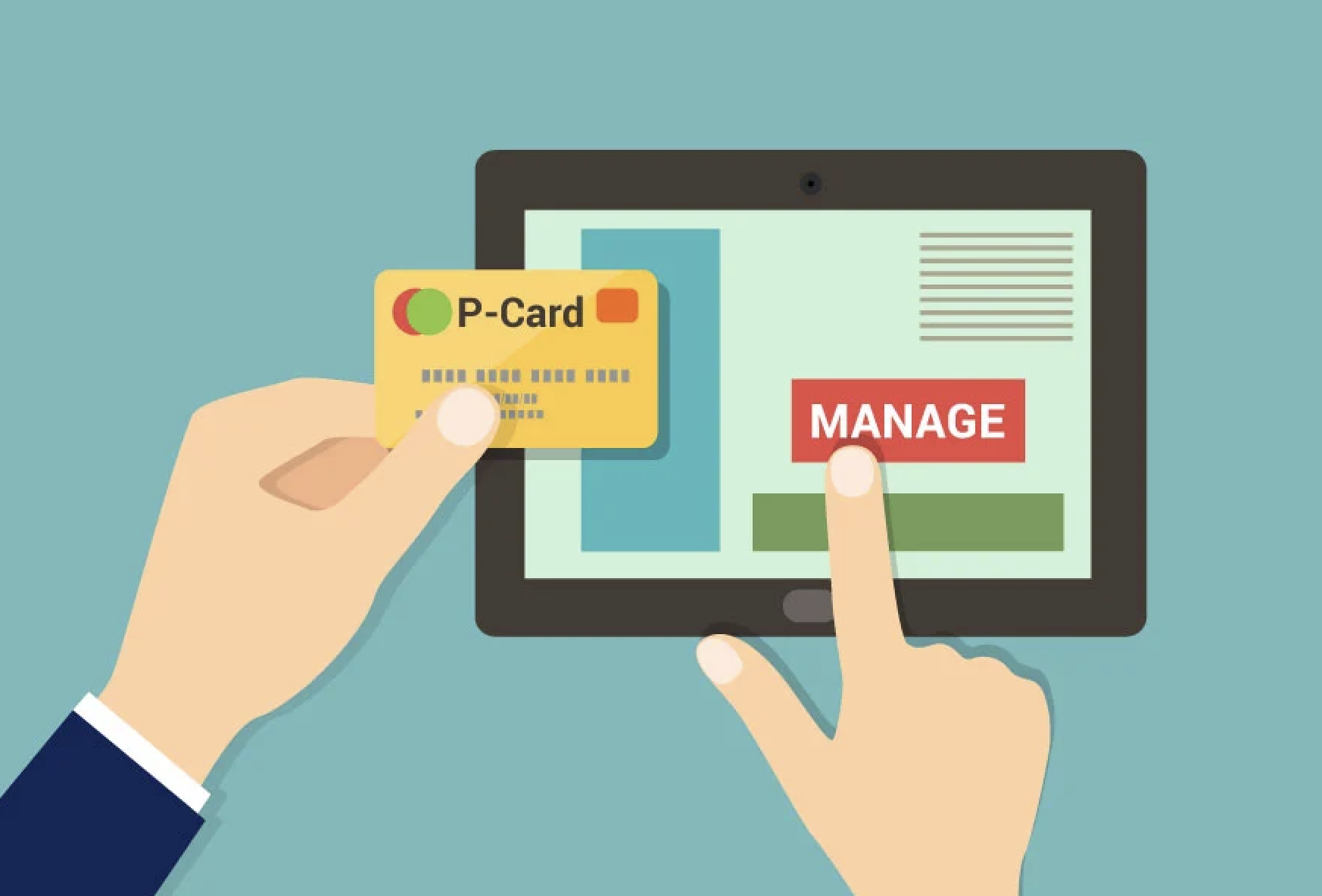Implementing a PCard (Procurement Card) Program
A Pcard (Procurement Card) program is a commonly utilized option that many companies implement to minimize the administrative cost of purchase orders. With all of the different types of orders out there with varying dollar amounts, it doesn’t make sense to have to issue a purchase order for every single order - especially when the dollar amount is rather small.
This is where your organization should establish a dollar amount and differentiate between when a purchase order is required and when a PCard could be used. For example, why create a PO for a $250 online software purchase when that could be put on a PCard? The PCard eliminates the number of steps needed to purchase something with such a low dollar amount and is essentially just a company credit card for purchases.
Benefits of Using a Pcard
There are many benefits to using a PCard and the process of setting one up is relatively quick. One of the top benefits of utilizing a PCard includes being able to purchase whatever is required without the need to set up a supplier and issue a PO, and ultimately reduce the procurement cycle time.
Not to mention that there are suppliers that will not even allow for invoicing as an option and require being paid by PCard. You will also receive an annual dollar rebate from the credit card company, which you need to be sure to load the annual rebate into your cost savings tracker.
Costs of a Pcard
The procurement team needs to have a monthly reconciliation process and validate all PCard purchases for the month. The payment terms on average will likely be fifteen days since you would be paying off your PCard every month. Fifteen days are likely lower than your current invoice payment terms.
There will also be a limitation on your spend analytics since there is no invoice payment visibility. You will be able to integrate the PCard spend from your bank with your spend analytics to get the needed visibility. If you choose to not do the integration, you will only have the payment visibility for the payments to the credit card bank.
You will need a PCard policy in place with strict compliance, as it is rather easy to get out-of-hand when all buyers have a PCard and there is no governance in place. Lastly, suppliers will be paying a credit card fee for each transaction to the bank, likely between 1% to 2.5%.
Implementing Your PCard Program
Okay, so you have now decided to implement your PCard program, in which you will need to bring together Finance and Procurement as key stakeholders. Then, you will generate a PCard policy together and address key areas such as the following:
What is the max ($ amount) threshold that the PCard is allowed for payment (e.g. any purchase request (PR) great than $20,000 would require a supplier to be set up and paid on the invoice)
Allowing a max ($ amount) threshold that a purchase can be made BEFORE a PR is approved, so for example, it would be acceptable to pay online for a conference for $150 and then submit the purchase request (PR) after the fact
Only allow PCard payment with an approved purchase request (PR) and PCards should only be used by buyers
Define the monthly buyer reconciliation process with signoff by Finance, this must be done quickly to ensure payment is approved in time by the bank’s payment deadline each month
New PCard setup approval process for the buyers, which would need to be approved by Finance
You and the team will need to decide on the PCard bank, ensure to receive a good yearly rebate with a low yearly minimum spend, and receive adequate time for a monthly payment with your reconciliation process. Change your PR process to allow for “PCard Vendor” when PRs are generated and come up with a simplified training on the PCard program for your business owners. Lastly, implement a monthly buyer reconciliation process to validate that every PCard bank transaction has an approved purchase request (PR).
Getting Your PCard Program Started
Implementation of a PCard program is vital in supporting good spending practices as your company continues to grow. If you are seeking to implement a PCard program but are unsure where to start, you may need to seek outside counsel to aid with your PCard program strategy.
Mike Glass runs GPC (Glass Procurement Consulting), a procurement consulting firm focused on optimizing a company's spend. Mike has worked in senior procurement management positions at NVIDIA, Google, Meta, Fitbit, and Flextronics. Mike would enjoy getting your insight on any procurement topic, feel free to contact Mike at mike@glassprocurementconsulting.com.


